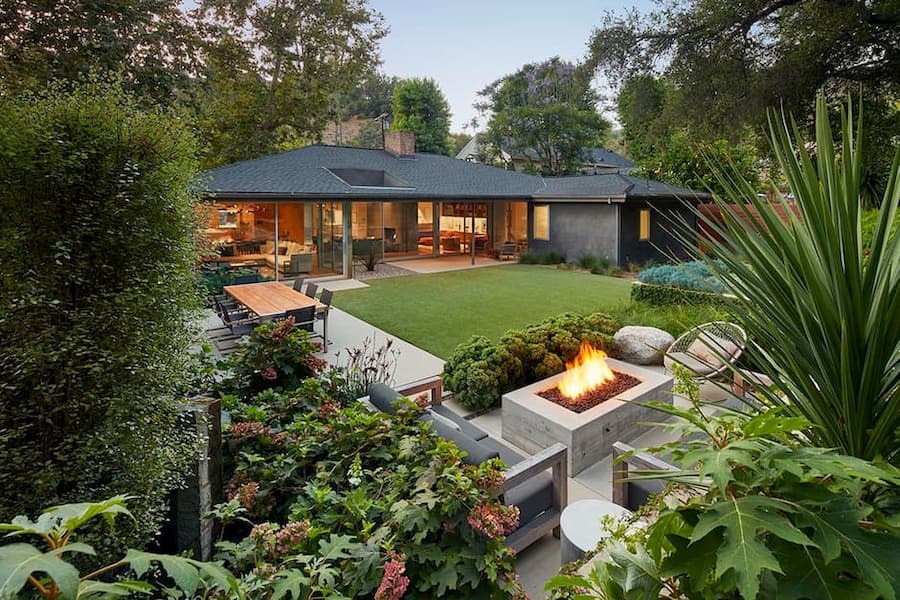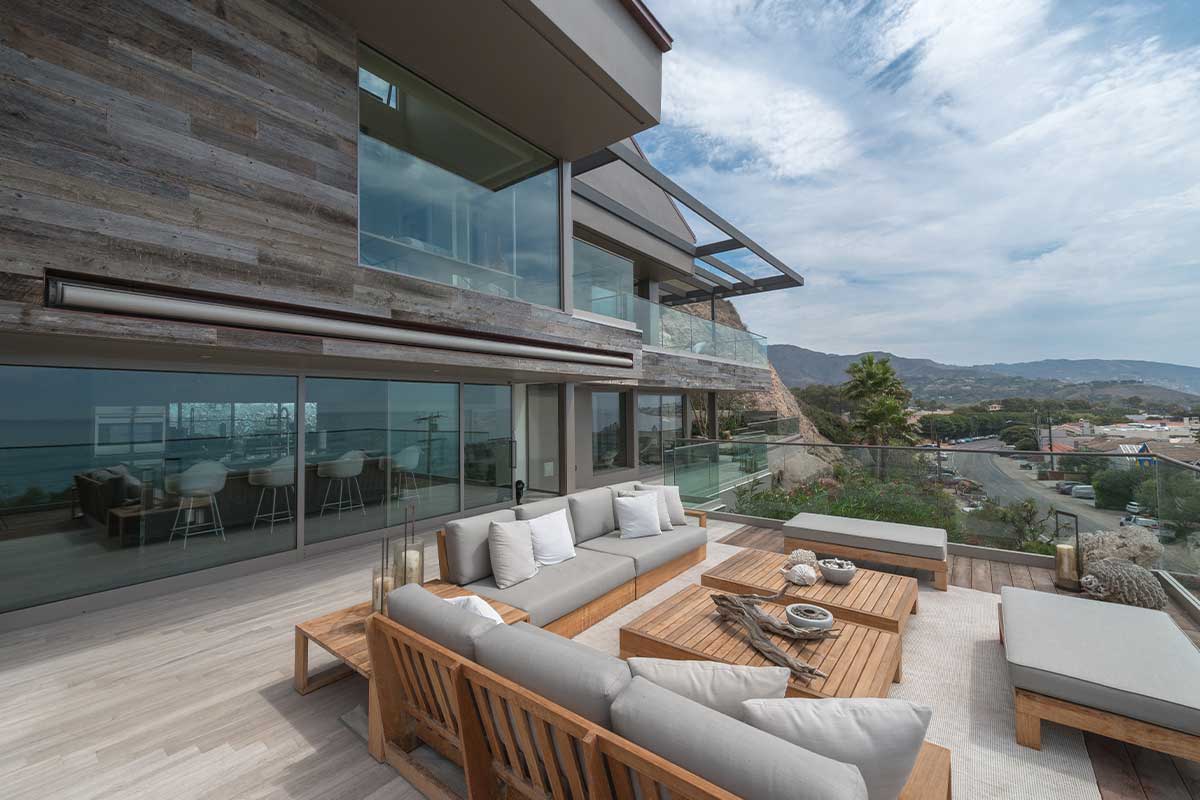Budget For Building a House: What You Need to Know
Before you begin your home remodel or the construction of a new ground-up house, you should have certain key pieces of information to help guide your journey. One of the most important pieces is your project’s budget. This will influence everything from the site you choose, to the architect you partner with, to the materials you use in construction, and everything in between.
But what exactly goes into creating a budget for your home? What costs should be included, and what can be excluded? We answer these questions below, and offer some tips to help you set a realistic budget for your project.
What goes into a remodel or new construction budget?

Generally speaking, the more comprehensive your budget is, the better. This is because the more information you are able to include about what you’re willing to spend on the different elements of your home, the better informed you and your architect will be to make decisions about design and construction.
Usually, a home construction budget will include two categories of expenses: Hard costs and soft costs.
Hard costs are those expenses related to the real, tangible pieces of building your home. Hard costs should include your land, construction and landscaping materials, furniture, and even your interior design.
Soft costs, on the other hand, are expenses related to non-physical pieces of your project. These include professional fees that you’ll need to pay your architects, engineers, landscape architects, etc. This category will also include any fees related to securing permits, taxes, and holding costs (such as your mortgage payments, insurance, etc.).
Tips for Setting a Realistic House Budget

1. Don’t overlook the soft costs.
As mentioned above, your budget should include not only your project’s hard costs, but its soft costs as well. Soft costs like professional fees and permitting fees can quickly add up to significant amounts, and if you don’t account for this upfront you can easily end up exceeding your budget or needing to make sacrifices.
2. Speak with as many professionals as possible.
If you only speak with one architect, contractor, or designer and let their information guide your budgeting process, then it’s very possible that your budget will not end up being realistic. The reasoning for this is two fold. First, every professional charges their own fees, and the difference can be significant. Second, no two architects or contractors will ever approach a project exactly the same way, and these differences in approach can translate into vastly different budgets.
Our recommendation is to speak with as many professionals as possible so that you can settle on a happy medium in terms of what you think your costs will be. The key is to make sure that you’re clear about your scope, the level of finishes, and the quality of construction you’re looking for. The more information you can provide, the more accurate your budget is likely to be.
3. Start working with a contractor as early as possible.
The earlier you can start working with a contractor during the design phase, the more likely you will be to stay on track with both your budget and your schedule. Throughout the planning process, a contractor can give you bids on the different drawings and designs that your architect creates. This will help you determine whether or not the final design is going to reasonably fit your budget, or, if not, inform where you may need to make adjustments.
While getting multiple bids throughout your project will cost more than getting a single bid at the end, it can save you money in the long run by keeping the plans on track before they’re finished.
4. Include a contingency plan.
In creating your budget, you should try to be conservative with your numbers and estimates. Including a contingency in your budget to cover any unexpected changes will give you a bit of cushion in case things don’t go exactly according to plan. If your project does go according to plan, then that contingency fund can either be used to splurge on an additional piece of your design or can go back into your savings.
Tips for Staying Within Your House Budget
Once you’ve created your budget and begin work on the project, there are steps you can take to make sure the project stays on track.

1. Develop clear drawings and specifications.
Your drawings and specifications are, ultimately, what your contractor will depend upon to actually build your home. That’s why it’s so important that you make sure your drawings include everything that will be needed to complete the project. Getting as many things down on paper as you possibly can will also help you avoid surprises down the line.
Many architects will not spend the time specifying everything that goes into a home, which causes construction costs to continually go up as you progress along with the build. Nailing all the items (i.e., tiles, door hardware, cabinet pulls, etc.) up front will give you a more realistic construction budget.

2. Start with a construction bid.
This may seem obvious, but it is important to start with a true construction bid that you can work off of. By having a bid early in the project, you’ll be able to use that as a guide and limiting factor for your other expenses. Even though you’ll need updated estimates throughout your project, starting with one can be one of the best steps you take.
3. Hold frequent site meetings.
During construction, it’s helpful to have two or three on-site meetings each month. This will give you the opportunity to see the work in progress and compare it against what’s being billed. Depending on the type of project, frequent site meetings can provide you with a “gut check” to help you determine whether or not you’re going to come in on budget and within schedule. Holding frequent site visits with the architect may save you money in the end by making sure that things are going as planned.
Nail Your Budget As Early As Possible
Your budget is one of the foundational pieces of information that is going to guide your project from conception to completion. It will influence everything from the land you select to the architect you work with to the materials you use. As such, it’s incredibly important that your budget is detailed, accurate, and truly reflective of your willingness to spend.




